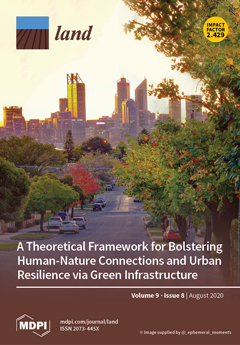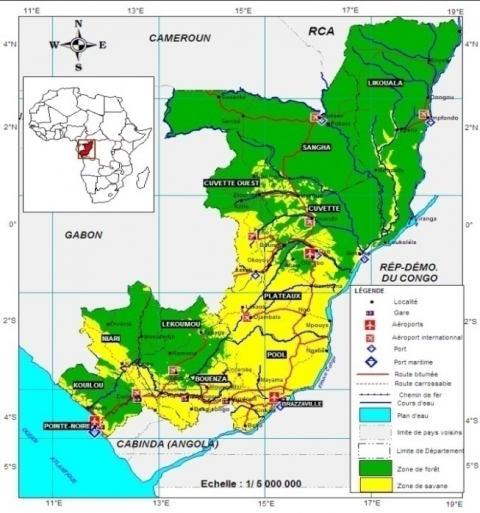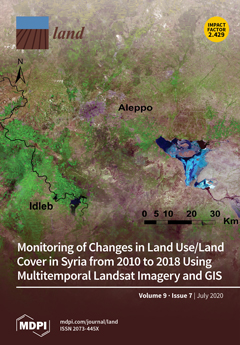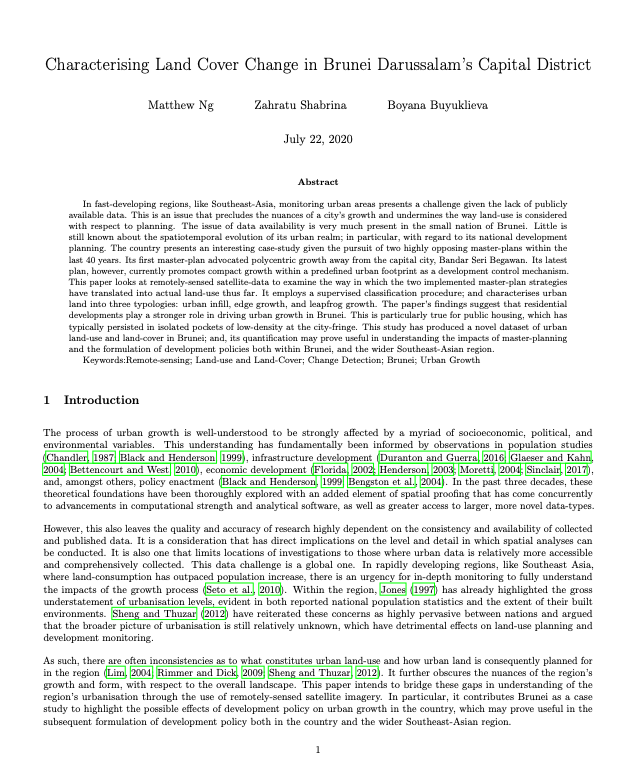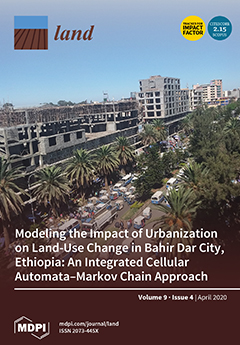Mapping Landscape Potential for Supporting Green Infrastructure: The Case of a Watershed in Turkey
Green infrastructure (GI) is a strategic planning approach that can contribute to solutions for ecological, social, and environmental problems. GI also aims to conserve natural and semi-natural landscapes and enhance ecological networks. Within the scope of spatial planning, urban and rural landscape units can be integrated through GI planning. In this study, we propose a method to calculate the landscape potential and map GI in the lower Büyük Menderes River Basin, Turkey.

